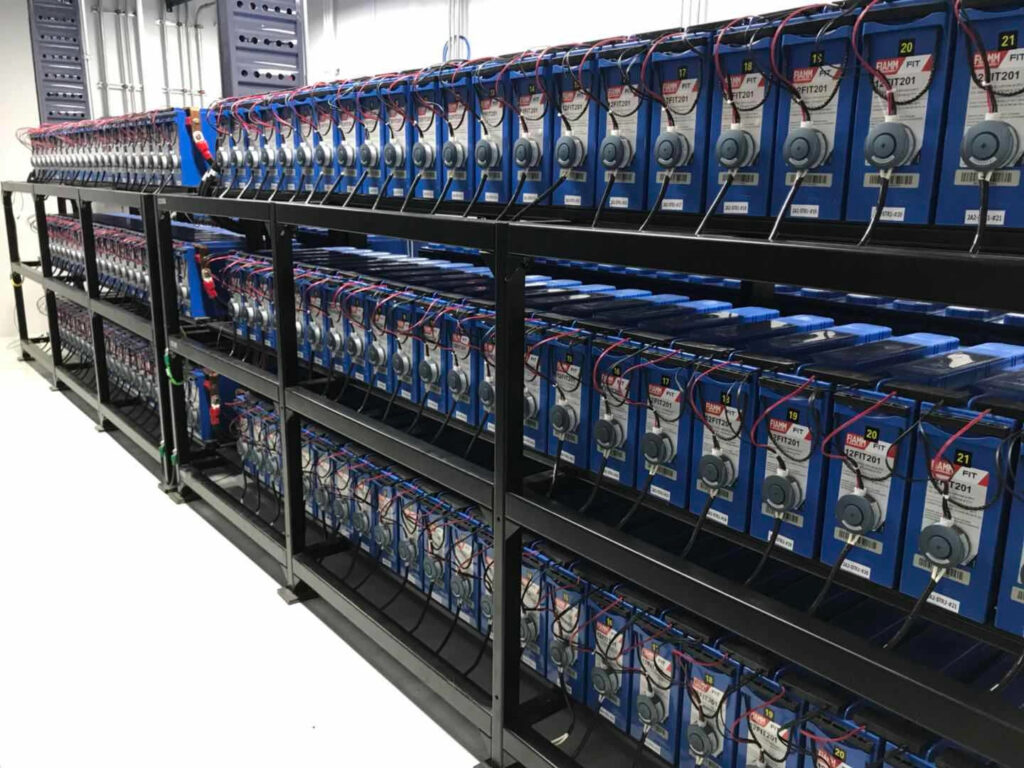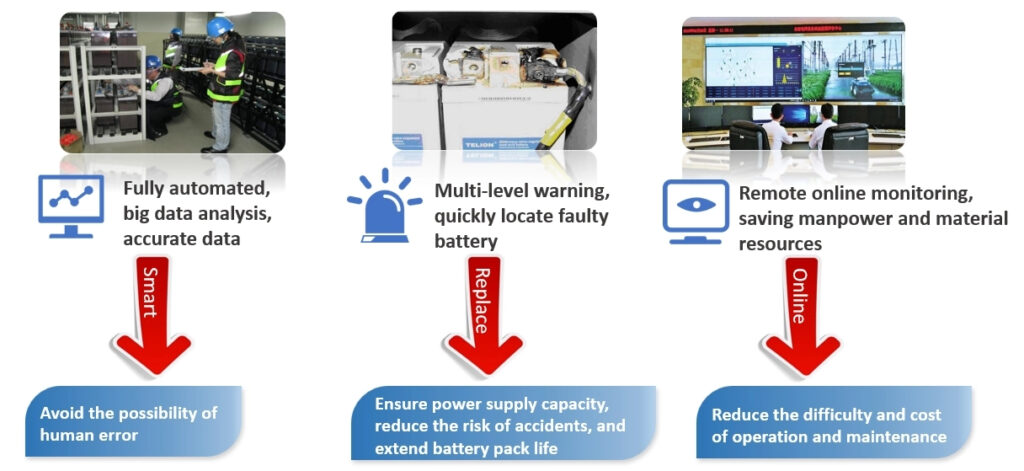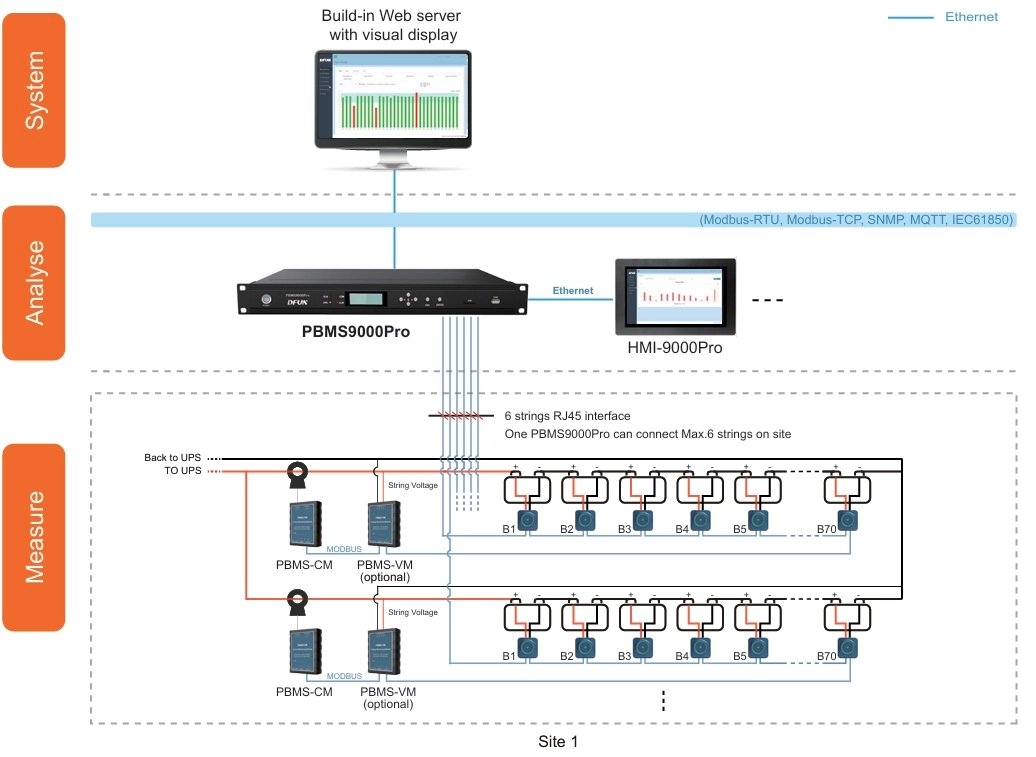Why Battery Monitoring Systems Are Essential
Effective battery monitoring is critical to ensuring the reliability and performance of backup power systems. Lead-acid batteries are the core components of Uninterruptible Power Supply (UPS) systems. Statistics show that over 80% of UPS power failures are caused by battery issues, making an efficient battery monitoring system essential.

Traditional Maintenance Methods

Labor-Intensive and Inefficient
Traditional maintenance methods require significant manpower and often lack timeliness, leading to oversights during inspections.
Inability to Accurately Assess Battery Performance
Traditional methods rely heavily on manual analysis to evaluate battery performance. These methods cannot predict how long batteries will supply power during outages, creating potential safety risks for backup power systems.
Battery Imbalance Issues
Over time, voltage and internal resistance inconsistencies worsen among batteries, with the weakest batteries deteriorating the fastest. Traditional maintenance methods fail to improve battery consistency.

Effective Battery Monitoring Solutions
The DFUN PBMS9000Pro Battery Monitoring Solution offers intelligent battery maintenance with real-time online monitoring of battery voltage, internal resistance, temperature, State of Health (SOH), State of Charge (SOC), and other performance parameters. This system also uses battery balancing and activation functions to improve voltage consistency among battery cells, extending battery lifespan.

Key Features
Real-Time Online Battery Monitoring
Each battery is monitored 24/7 in real-time, allowing the system to quickly and accurately detect faulty batteries. Precise alerts help eliminate safety risks.

Bus-Powered Sensors
Battery monitoring sensors are powered by the main device’s bus. This feature prevents the sensors from consuming battery power or disrupting voltage balance among the battery units.
Automatic/Manual Address Search
The monitoring system can automatically search for each battery sensor’s ID address. This feature simplifies the configuration process, improving implementation efficiency and reducing setup errors.
Leakage Detection
Leakage monitoring sensors are installed on the battery’s cathode/anode. If terminal leakage occurs, the system quickly detects the issue and identifies the fault location.
Liquid Level Monitoring
The system monitors the battery’s liquid levels. If the levels drop below the normal range, an immediate alarm is triggered, prompting maintenance personnel to take timely action.
Automatic Balancing
Based on preset conditions, the system discharges batteries with higher voltages and redistributes charge to batteries with lower voltages. This improves the voltage consistency across the battery group and extends overall battery life.
Application Advantages
Online battery monitoring systems address the shortcomings of traditional battery maintenance and detection methods. These systems significantly reduce the time, labor, and material costs associated with battery maintenance. Additionally, they can identify and diagnose underperforming batteries in a timely manner, provide early warnings, enable precise maintenance, and prevent safety incidents.
Conclusion
In summary, a battery monitoring system is essential for ensuring the efficiency, safety, and longevity of backup power systems. By offering real-time monitoring, automatic balancing, and advanced diagnostic features, these systems effectively mitigate the limitations of traditional maintenance methods. Investing in a reliable battery monitoring solution ensures greater operational efficiency, reduces maintenance costs, and enhances overall system safety.
For more information about battery monitoring solutions, feel free to contact us.
